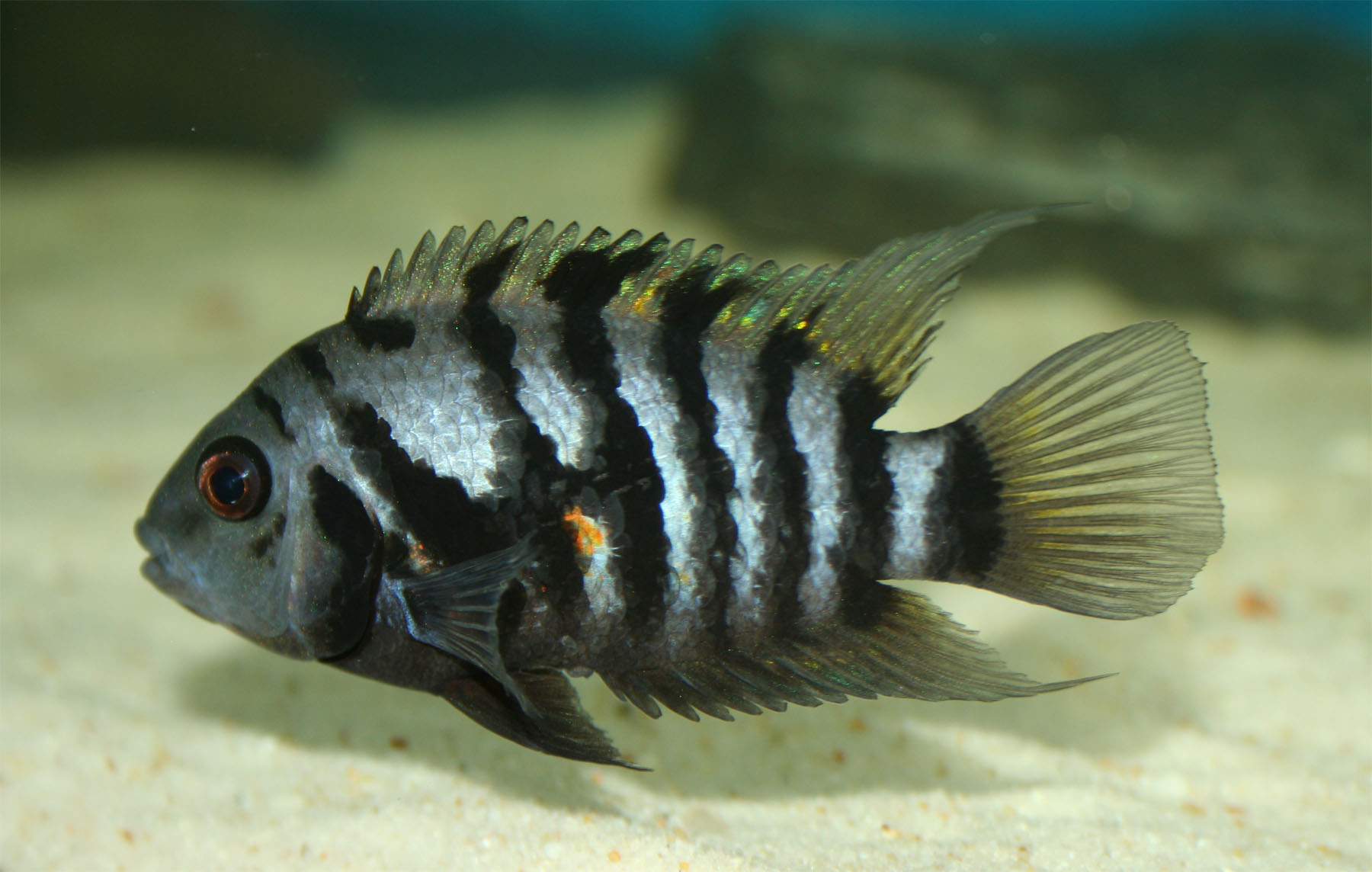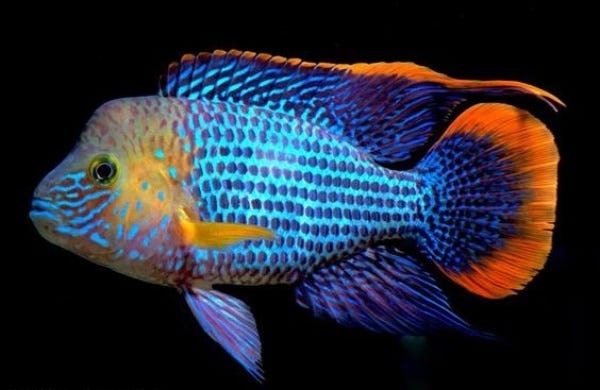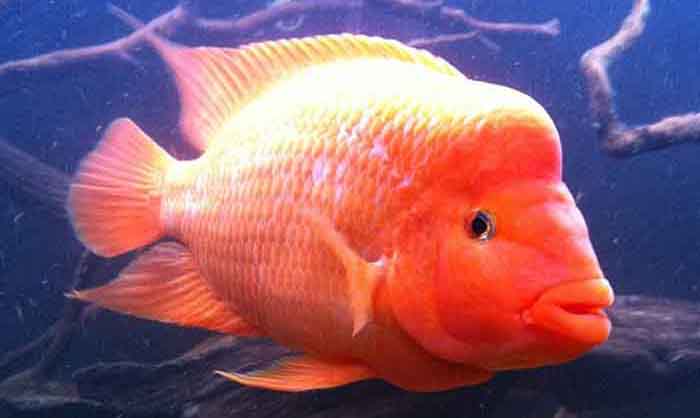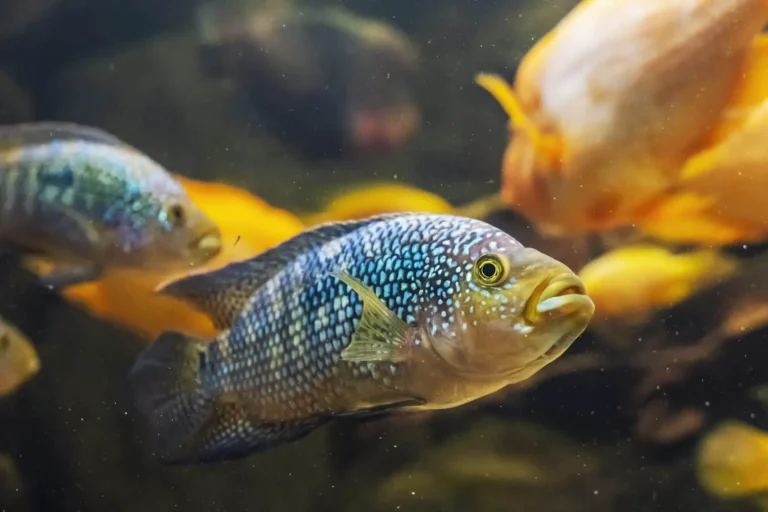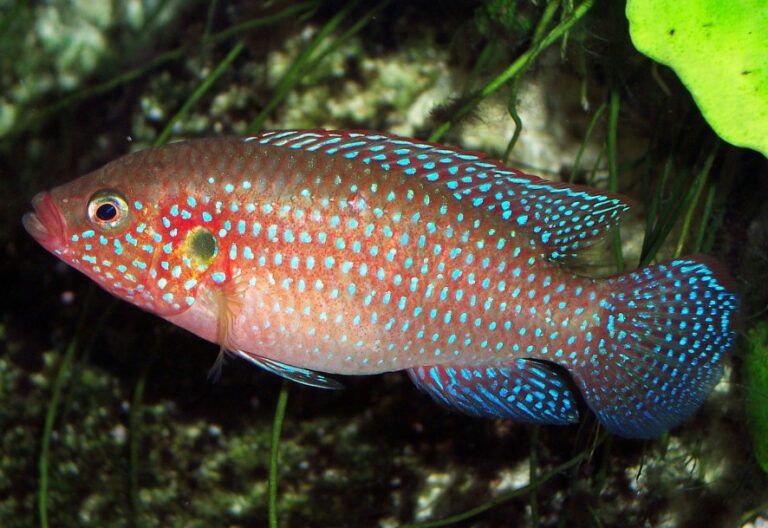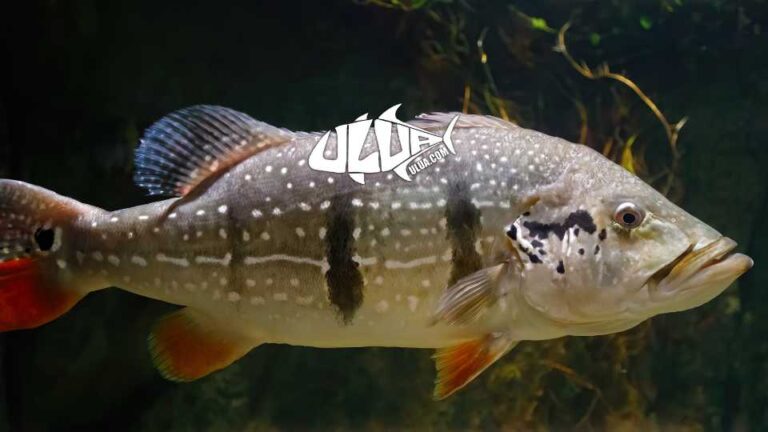Convict Cichlid: Demystifying the Tenacious and Fascinating World of Convict Cichlids
In the expansive and diverse world of freshwater aquarium fish, there exists a popular and yet enigmatic creature – the convict cichlid. Known for their striking appearance and complex social behavior, convict cichlids have garnered a dedicated following among aquarists. However, their name and appearance often evoke more curiosity than their actual characteristics.
This post will serve as a comprehensive guide for those intrigued by the convict cichlid, from its evolution to care in a home aquarium. It’s crafted to cater to pet fish owners and biologists alike, providing insights that span the scientific and hobbyist communities. By exploring these unique fish, readers will gain a richer understanding of the convict cichlid’s place in the animal kingdom as well as the unique joys and challenges of keeping them as pets.

History and Origin
Convict cichlids, also known as zebra cichlids, have a long and interesting history. Belonging to the Cichlidae family, they are native to the warm, rapidly flowing water regions in Central America, primarily found in the Pacific slope of Nicaragua and Costa Rica.
Their common name, “convict,” is derived from the prominent black and white vertical bars that resemble the traditional striped uniforms of prisoners. Convict cichlids are part of a group called ‘thermophilus’ fish, which are cold-blooded animals requiring a heated environment. This evolutionary adaptation has enabled them to thrive in the specific warm waters of their natural habitat.
Dating back to the times of Gondwana, the historical land mass that once included South America, Africa, Antarctica, Australia, the Indian subcontinent, and the Arabian Peninsula, cichlids have evolved into numerous species specialized for different niches. The convict cichlid’s etymology sheds light on its resilience and adaptability, traits that fish keepers often observe in these aquatic dears.
Physical Characteristics
The convict cichlid possesses a robust and somewhat stocky body, characteristic of many cichlids. They are relatively small in size, usually reaching about 4-6 inches in length, with females typically being slightly smaller than males. Their notable feature, the contrasting black and white stripes, is more pronounced during times of stress or excitement.
They also sport a pair of unusually long dorsal and anal fins, which begin soft and become somewhat pointed towards the rear. These fins, when fully extended, add a regal aspect to their form, enhancing their aura in the aquarium setting. When it comes to coloration, convict cichlid variations can range from nearly black through various shades of gray to nearly white.
Their eyes are bright and iridescent, which, combined with their striped pattern, gives them an alert and striking gaze. It’s this combination of physical attributes that often leads to them being a popular choice for both novice and experienced aquarists.
Behavioral Traits
Equally captivating as their physical traits are the behavioral intricacies that convict cichlids exhibit. These fish have a rich social structure and are known to form monogamous pairs that can last a lifetime in both the wild and captivity. The bond between a mated pair is incredibly strong, and they work together to protect their territory and their young.
Their reproductive behavior is quite fascinating, as the female lays eggs and the male fertilizes them externally. The eggs are then guarded jointly until they hatch, after which both parents continue to protect the brood. This level of parental care is uncommon among fish and is a testament to the convict cichlid’s complex social structure.
Territorial aggression is another prominent aspect of their behavior. In the wild, they fiercely guard their territory, which includes the location of their breeding sites. In a home aquarium, this means that adequate space and hiding spots must be provided to avoid aggressive confrontations, especially during the breeding season.
Habitat and Care
Designing a suitable habitat for the convict cichlid in a home tank is vital to their well-being. Mimicking their natural environment as closely as possible is the goal, bearing in mind that the elements of flow and structure might be challenging to reproduce.
A tank with a minimum size of 20 gallons is recommended for a small group of convict cichlids. However, if you plan to house a mated pair, providing a tank that’s at least 30 gallons is preferable. The tank should have a sandy substrate, numerous caves, and a few open spaces for swimming.
Water in the aquarium should be kept at a consistent temperature of 78-82°F with a slightly alkaline pH level around 7.5-8.0. Regular water changes and a good filtration system are essential to maintain water quality and ensure the health of these hardy creatures.
In terms of diet, convict cichlids are omnivorous and will accept a variety of foods. A balanced diet that includes high-quality flake or pellet food supplemented with live or frozen food such as brine shrimp and bloodworms is ideal.
Interesting Facts
Beyond their care requirements, convict cichlids harbor a multitude of interesting facts that further enrich their mystique. Here are a few lesser-known aspects about them:
- Convict cichlids are intelligent fish and can recognize their owners. Some have even been known to perform simple tricks.
- They are fast growers, reaching sexual maturity as early as four to six months old.
- Their adaptability has made them an invasive species in some parts of the world, where they can outcompete native fish for resources.
- They are capable of vocalizations, producing a series of grunts and pops by grinding their pharyngeal teeth together, similar to the way a cricket chirps.
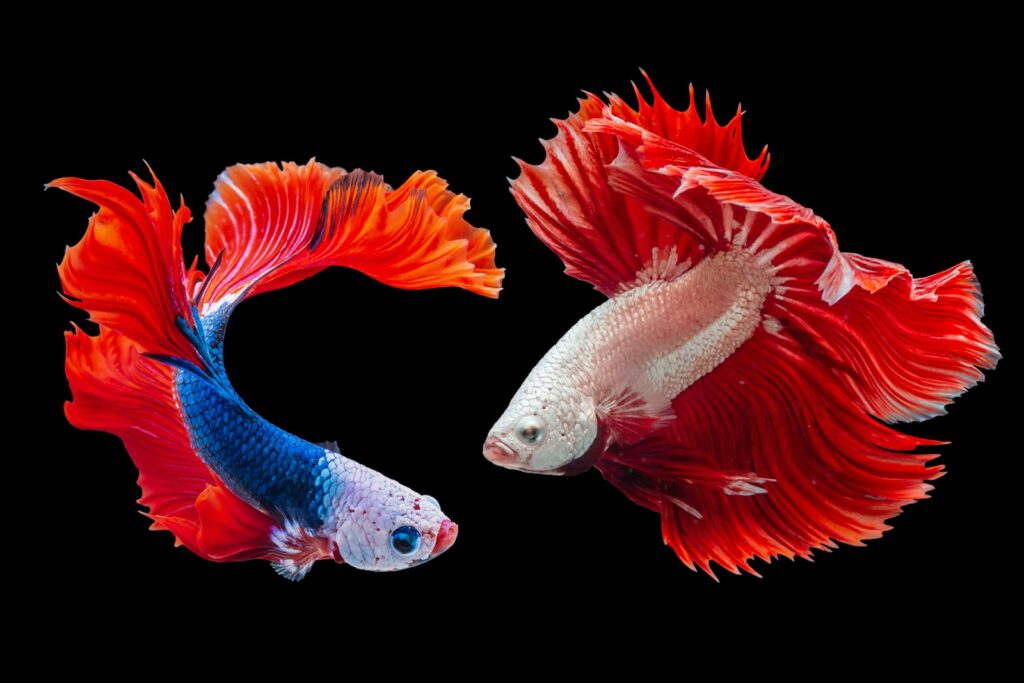
Conclusion
The convict cichlid represents an enthralling blend of beauty, resilience, and complexity that transcends the confines of glass tanks. With appropriate care and understanding, these fish make a rewarding addition to any freshwater aquarium. For the exploratory aquarist, each generation of convict cichlids brings an opportunity to witness the interplay of their primal instincts and their gentle, familial courtship.
To those considering the convict cichlid as a pet, this article serves as a reminder that these fish, while hearty and endearing, require thoughtful attention to recreate an environment that honors their natural inclinations. In return, keepers are privy to the spectacular ritual of nature’s creation guarded fiercely under watchful stripes.

